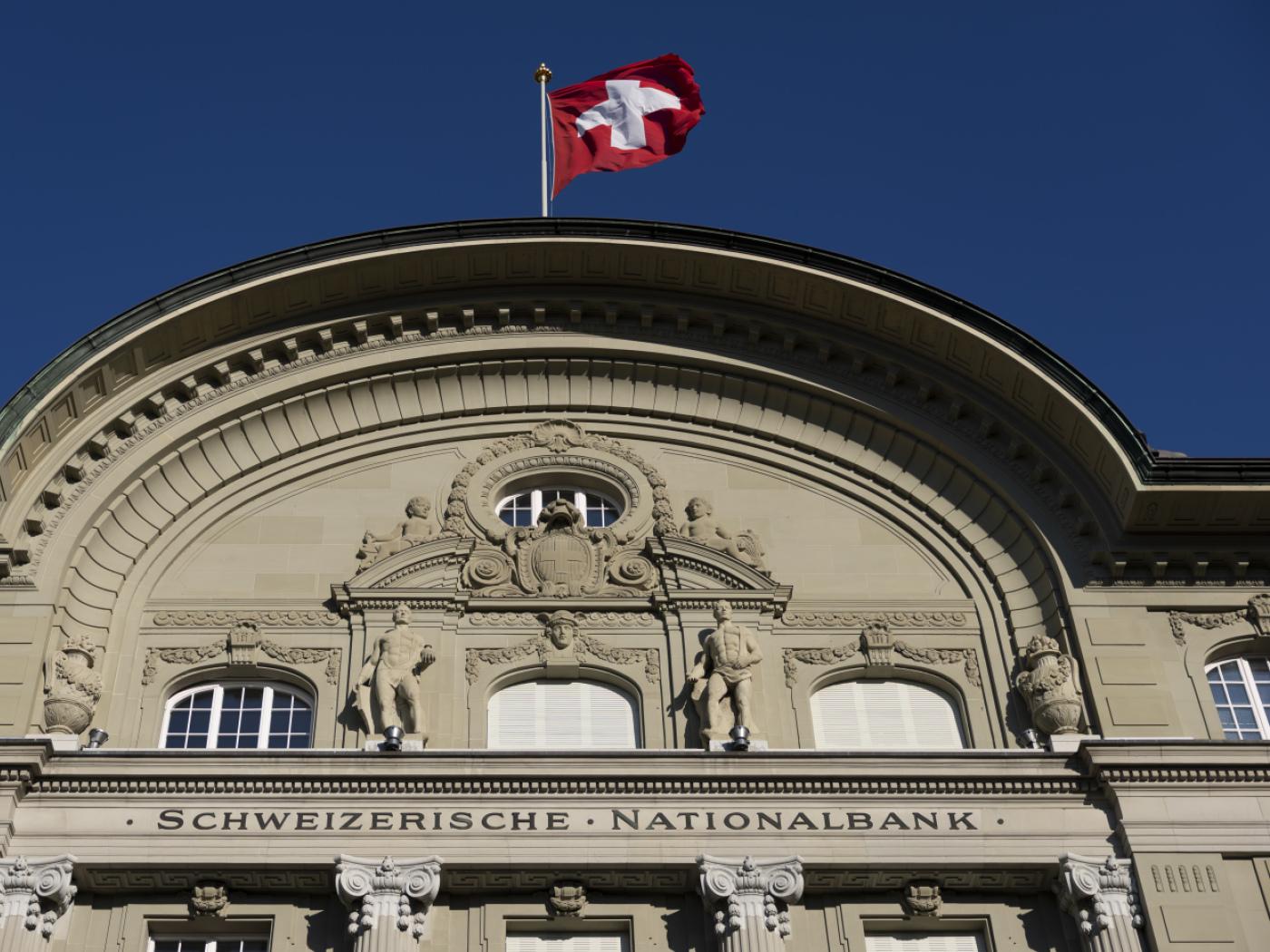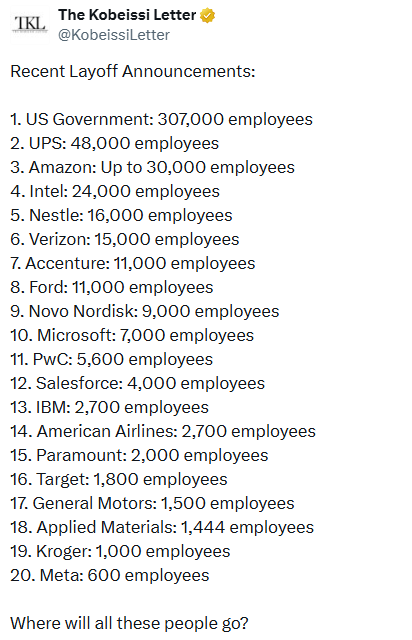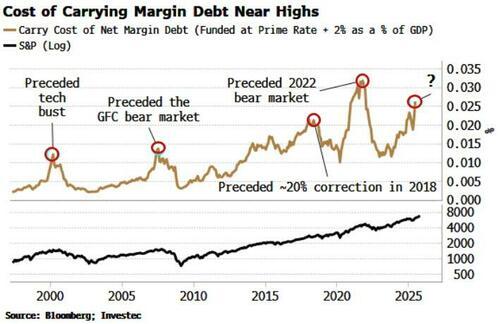There are five macro highlights in the week ahead. After providing a thumbnail sketch of them, we will look more closely at the price action of the leading dollar-pairs. We suspect that the dollar is in the process of carving out a top amid ideas that a 5.0% terminal Fed funds rate is discounted. Sterling’s panic low recorded late September near $1.0350 may indeed by the cyclical low. It took place amid cries that it was an emerging market and linear projections were offered of it falling to $0.90-$0.95. The exaggeration is part of the psychology that seems associated with extremes in prices.
The new week begins with the preliminary PMI readings.
The US reports its first estimate of Q3 GDP. It will then be revised for more than a year. After contracting in Q1 and Q2, the world's largest economy is widely expected to have returned to growth. Most estimates seem to be coming in between 2.25% and 2.75%. In some ways, it is payback from the trade (and inventory) drag in the first half. It is not the beginning of the recovery, but the last gasp before the slowing leads to a contraction next year. While economists surveyed by Bloomberg see a 60% chance of a recession next year, Bloomberg economists see no chance that a recession can be avoided. The US also reports personal income and consumption figures. Even though the Fed targets the headline PCE deflator, the CPI has eclipsed it in this tightening cycle.
The flash PMI reports and the initial estimate of Q3 US GDP are the main high-frequency data points. Three G7 central banks also meet in the days ahead: the Bank of Canada, the European Central Bank, and the Bank of Japan.
After the Reserve Bank of Australia delivered a 25 bp hike last month, some pundits thought it was a signal of what other central banks would do. Hardly. It did not even signal what the Reserve Bank of New Zealand would do the following day. Nevertheless, the RBA's move and some disappointing Canadian data led the market back off from a half-point hike by the Bank of Canada. Governor Macklem put that speculation to rest with several hawkish comments. Moreover, confidence that the Fed would raise rates by 75 bp in early November may have helped the market adjust expectations accordingly. As a result, the swaps market has nearly fully discounted a 75 bp hike by the Bank of Canada on October 26.
The ECB meets the following day. It, too, is most likely to deliver another 75 bp rate hike. Although several quarters of contracting growth are expected in countries, including and especially Germany, the push against inflation is paramount. Some economists argue that Fed policy is hurting Europe, but the main disruption is from Russia's invasion of Ukraine and the re-pricing of assets with a positive interest rate on this side of Covid. Sure, the stronger dollar/weaker euro adds to the inflationary pressure, but as we have noted, the exchange rate to the dollar overstates the case. On a trade-weighted index, the euro has fallen considerably less. Separate from the setting of rates, the ECB discussions are expected to turn to its balance sheet. There is speculation that the balance sheet may begin shrinking next year, but in terms of sequencing, the current guidance is that it would most likely start after rates have normalized, which currently looks likely in Q2 23.
The Bank of Japan meeting concludes on October 28. BOJ Governor Kuroda is adamant that Japan still needs an accommodative policy. Therefore, there is practically no expectation that either the overnight target rate or the yield curve control will be adjusted. Moreover, although widespread criticism of BOJ policy with its core inflation measure (excludes fresh food but not energy) is closer to 3% than the 2% target, on the sidelines of the annual meetings, the IMF local head endorsed BOJ policy fully (rates and yield curve control). As a result, the BOJ will likely lift this year's inflation forecast. In July, it had projected a core rate of 2.3%. The measure excluding fresh food and energy is up less than 2%. Ironically, if the US reported such figures, the Fed might not be tightening either.
It is not clear that the BOJ intervened before the weekend. There was one press report that claimed it did, but officials refused to comment. It may become clearer next week when the BOJ reports its current account balances. The big move began into the European fix. There were also large trade.s in the CME yen futures, and it looks like it may have been the highest daily volume in seven years. Even if the BOJ did not intervene, it has an opportunity to punish the dollar bulls by intervening in early Tokyo on Monday. This is not a prediction but thinking aloud about how it can take advantage in this cat-and-mouse "game."
Perhaps, others would add the new Tory leadership challenge in the UK. The results will likely be known ahead of the coming weekend. Yet, it seems to have already been decided that Hunt will remain as Chancellor of the Exchequer. That means that rather than tax cuts, as Truss/Kwarteng wanted, the focus will be on spending cuts. Yes, the UK will have a new Prime Minister at the end of next week, but the power resides with the Chancellor. Capital went on strike over Truss's fiscal program, which she had campaigned on and won the last Tory leadership contest, and parliament acted as the executioner. Now the question is whether capital strikes against Italy.
The new composition of China's Politburo and the standing committee is expected to be announced at the end of the 20th Party Congress. It starkly contrasts with the 20th Party Congress in the old Soviet Union. Then, Khrushchev denounced Stalin, some of his crimes, and the cult of personality. However, it seems clear that Xi's power has been consolidated, and there is a great sense of continuity. Still, the end of terms limits may have been when the US political elite became more united in its opposition to China.
Turning to the price action in the foreign exchange market, the dollar had been stable to higher for most of the week, but ahead of the weekend, the wheels came off. It reversed lower, encouraged by the dramatic decline in two-year US yields amid more talk of "calibrating" the pace of the hikes soon. There was the strongest sense of BOJ intervention this month. US stocks rallied strongly.
Dollar Index:
Euro: The single currency was confined to about a cent range for most of last week (~$0.9700-$0.9810) before recovering smartly ahead of the weekend. It recorded an outside up day. The week's low was set before the weekend, and the trendline drawn off the last September low held. The euro finished slightly above the downtrend line last week, beginning with the mid-September high near $1.0185 and connecting the early October high near parity and the high early last week. Parity is the key hurdle.
Japanese Yen: The dollar reversed lower against the yen beginning toward the end of the European session. There was a press report citing an unnamed official confirming intervention, but the head of foreign exchange for the Ministry of Finance refused to confirm it. The greenback's downside reversal, arguably partly on the dramatic 13 bp decline in the US two-year yield, was broad-based. The yen finished 1.8% higher against the dollar, which edged out the Australian dollar (1.7%) ahead of the weekend. Without a policy change, most do not expect the yen's gains to be sustained. The dollar nicked the 20-day moving average (~JPY146.35), which was also near the (50%) retracement of the greenback's rally from the intervention-inspired low from September 22. The dollar settled about 1% above the intrasession lows. The US dollar's 12-day rally was snapped ahead of the weekend. If the BOJ follows up with intervention on Monday, the dollar may drift higher.
British Pound: Sterling enjoyed a brief rally when Truss resigned on October 20, but it was not sustained, and sterling recorded the week's low near $1.1060 ahead of the weekend. The broad dollar setback saw sterling recover and poke a little through $1.1300, not quite able to return to the Truss-resignation high around $1.1335. With conservative fiscal orthodox returning (with spending cuts in tow), the market has downgraded the likelihood of a 100 bp rate hike on November 3. From a sure thing on October 14, it was seen as a bit less than a 50/50 proposition before the weekend. Indeed, the odds have fallen in eight of the past ten sessions. The momentum indicators are curling down. A break of $1.0920 could spur losses into the $1.06-$1.08 range. Moving above $1.1340 could signal a test on the $1.15 area, which is key to the medium-term outlook.
Canadian Dollar: The Canadian dollar continues to seem more sensitive to the general risk appetite than the new confidence that the Bank of Canada will deliver another 75 bp rate hike on October 26. Last week's US dollar high was set near CAD1.3880. The recovery of the S&P 500 ahead of the weekend saw the greenback close below the 20-day moving average (~CAD1.3725) for the first time in over a month. Moreover, the five-day moving average looks poised to move below the 20-day moving average at the start of the week ahead. It would be the first time since mid-August. The US dollar posted an outside down day against the Canadian dollar before the weekend by trading on both sides of Thursday's range and settling below its low. A break below CAD1.36 would target the CAD1.35 area. The momentum indicators are trending lower, and neither the MACD nor the Slow Stochastic confirmed the new two-and-a-half-year high on October 13 near CAD1.3980.
Australian Dollar: The Australian dollar appears to be forging a base near $0.6200, but to prove itself, it must overcome the resistance between $0.6370 and $0.6400. The MACD and Slow Stochastic turned higher in recent sessions. It also posted an outside up day ahead of the weekend and closed above its 20-day moving average (~$0.6375) for the first time in over a month. The next upside target is around $0.6455 and then $0.6540. The futures market is comfortable with the Reserve Bank of Australia raising the cash target rate by 25 bp on November 1. Still, next week's quarterly CPI report will likely show an acceleration in price pressures. Australia will also begin reporting a monthly CPI figure starting with September data. The upward pressure may spur speculation of a larger move, especially in the context of the larger increases by other central banks, including the Reserve Bank of New Zealand. The RBNZ meets on November 28, and a 75 bp hike is fully discounted. New Zealand's headline CPI was 7.2% year-over-year in Q3. Australia's CPI is seen at around 7.0%.
Mexican Peso: The dollar had been mired in a trading range against the peso until the past few sessions. The greenback recorded the high for the month in the middle of last week near MXN20.1750. As US short-term rates fell sharply ahead of the weekend and the dollar fell broadly, it recorded a new low for the month near MXN9.8860. The lower end of the dollar's two-month trading range is around MXN19.80. A break of that could spur another 1% move toward MXN1960. Mexico reports the first half of October CPI, September jobs, and trade figures next week. Banxico meets on November 10, which is expected to match the anticipated 75 bp hike by the Fed. Brazil's central bank meets on October 26. It has been among the most aggressive central banks in this tightening cycle, and the swaps market says it is done, with the Selic rate at 13.75%. Ahead of the meeting, Brazil reports October IPCA inflation. It is expected to have fallen for the fifth consecutive month. After peaking in May near 12.2%, this measure of CPI fell slightly below 8% in September and may have eased under 7% in October. The greenback fell by about 3% against the Brazilian real last week, which puts 4.7% lower on the month. After the Russian rouble, the real is the best-performing emerging market currency this year, up 8.0%. The run-off election between Bolsonaro and Lula on October 30, and polls show Lula enjoys a modest lead.
Chinese Yuan: For the past five weeks (excluding the national holidays in the first week of October), the dollar has only fallen against the yuan on average once a week. It briefly traded above CNY7.25 ahead of the weekend. Many thought Chinese officials would likely allow the yuan to fall further after the 20th Party Congress ended. However, the dollar's broad setback ahead of the weekend suggests maybe not. The PBOC allowed its dollar fixing rate to drift higher in the last two sessions. China has suspended economic reports indefinitely, including Q3 GDP and September details last week. It seems clear that Chinese officials want to avoid a sharp depreciation of the yuan, but their pain threshold is unclear. We suspect it is ripe for some consolidation. It is difficult to put much credence into technical support levels on the highly managed exchange rate. Still, from a psychological perspective, a move below the CNY7.16-CNY7.20 band may indicate a consolidative phase.
Tags: #USD,Bank of Canada,Bank of Japan,China,ECB,Featured,newsletter,U.K.





























